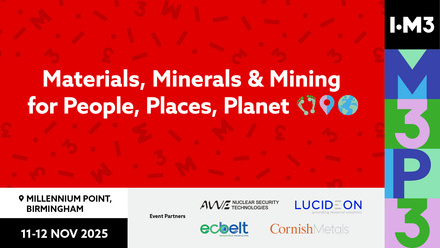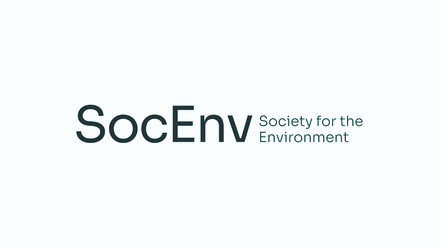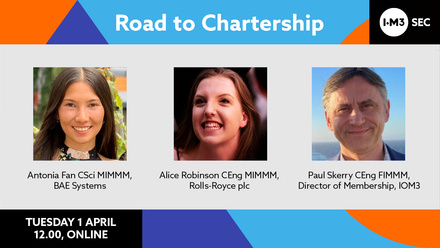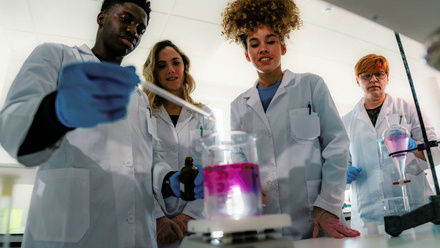Culture begins at the grassroots
Embracing change in engineering culture
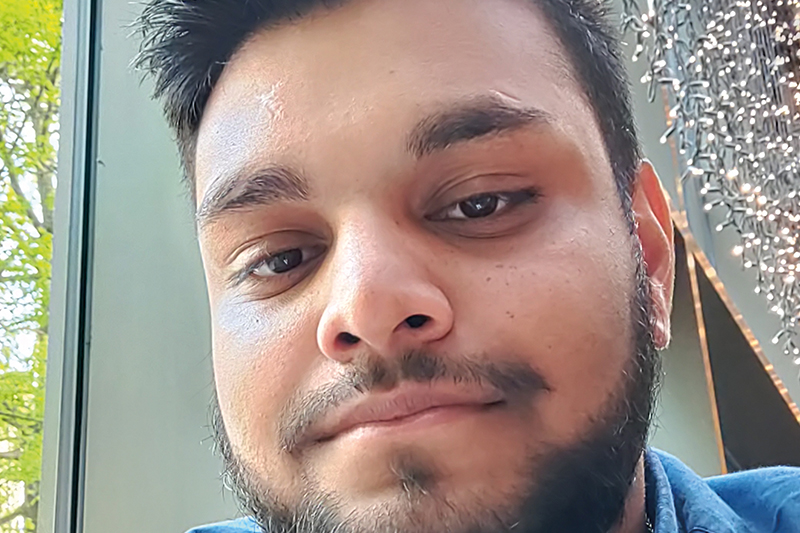
'Stop being so gay!' Something I overheard being said between two engineers, not five years ago, but just last week. It’s shocking sometimes that an industry built on change and efficiency, can still be unable to adapt to societal changes.
Over the past few years, having taught apprentices and degree students, a common thread is everyday microaggressions – sexist remarks, aimed at and around the few women that enter the field; consistent homophobic comments, said openly between people in the workplace and in the lecture theatre; and ableist jokes thrown about consistently.
Trying to explain to learners why there is a need for inclusive culture in engineering, while also trying to teach complex topics and areas, is exhausting.
Having to call out intolerance constantly is frustrating and tiring, and the fact that it is often left to the educators to handle – at school, at colleges, training centres and universities – is unfair. Especially considering that the number of companies that address inclusion as more than a box-ticking exercise are few and far between.
Hiring diversity and providing a place for diversity to flourish are two different things. You can often see companies proudly stating that a certain percentage of their workforce are women, or part of the LGBTQAI+ spectrum, or from an ethnic minority background. They happily promote pictures of just how diverse they are across their websites, brochures and advertising. Yet, for a lot of the people who work there, very little is done beyond this to promote an environment that allows diversity to flourish.
In a report published by the Royal Academy of Engineering, on average, almost 30% of people who identified within one protected characteristic had experienced harassment personally. This number skyrocketed to 70% for participants who identified with at least two minority or diverse protected characteristics.
In an industry, where diversity is vital for development, where new perspectives lead to better critical problem-solving, why is it so resistant to social change? And how does it start to close the gap and become an environment where people from all minority backgrounds can not only survive, but thrive as well?
On the other hand, three-quarters of engineers think the sector is moving towards being more inclusive, especially over the past five years. But, by how much? Any progress is good progress, but if the rate of improvement is slow, are we providing a safer work environment for people? Or are we just letting the changes happening in society slowly trickle their way into engineering environments?
To improve the situation, companies and institutions need to take more proactive steps in embracing change, promoting inclusive culture, retaining staff and cultivating success.
A major challenge is convincing people that this is important. We are all prone to avoidance, especially when an issue does not directly affect us, and this leads to situations where any diversity-based training is overlooked as something that ‘needs to be done’.
Also, a common downfall of cultural change is looking for immediate impact, despite major cultural changes not happening overnight. The idea that a short mandatory training seminar or workshop is enough to change perspectives and culture is, at best, wishful thinking. Diverse culture is something that needs to be perpetuated through consistent effort, challenging behaviours and pushing for empathy.
Any meaningful change must come from a desire to improve situations, through working with schools, promoting outreach, offering mentorship, shadowing, partnering and supporting local engineering diversity societies, and collaborating with institutes.
Not all companies have the resources to fully embrace this kind of change, as often that requires a full-time role. However, there are other methods in which this change can be instigated. There are many diversity-based societies that work to improve the situation for engineers.
Through IOM3, there are various networks that work to support change – the Ably Different Member Group (ADM3), the IOM3 Pride Group, the Ethnic Minorities in Materials, Minerals and Mining Group (EMM3), and the Women in Materials, Mining and Minerals Group (WIM3). Outside of this, there’s Pride in STEM, women in engineering societies, etc., which companies can contact and collaborate with.
Change happens at a grassroots level. We need to work towards it and not wait for it to come to us.



